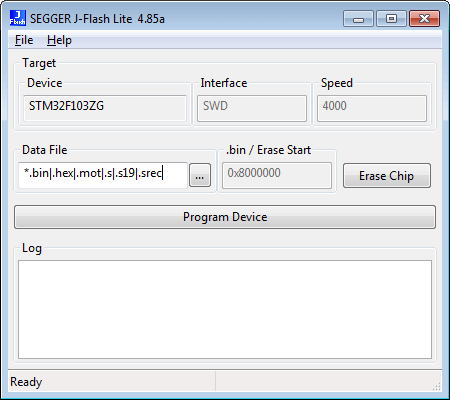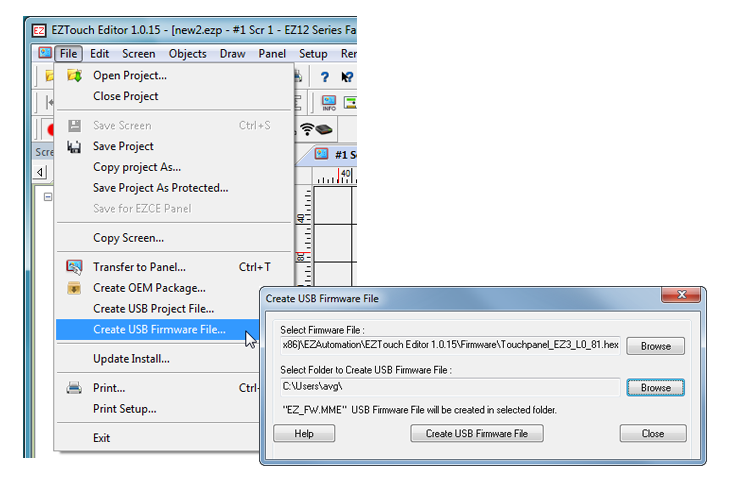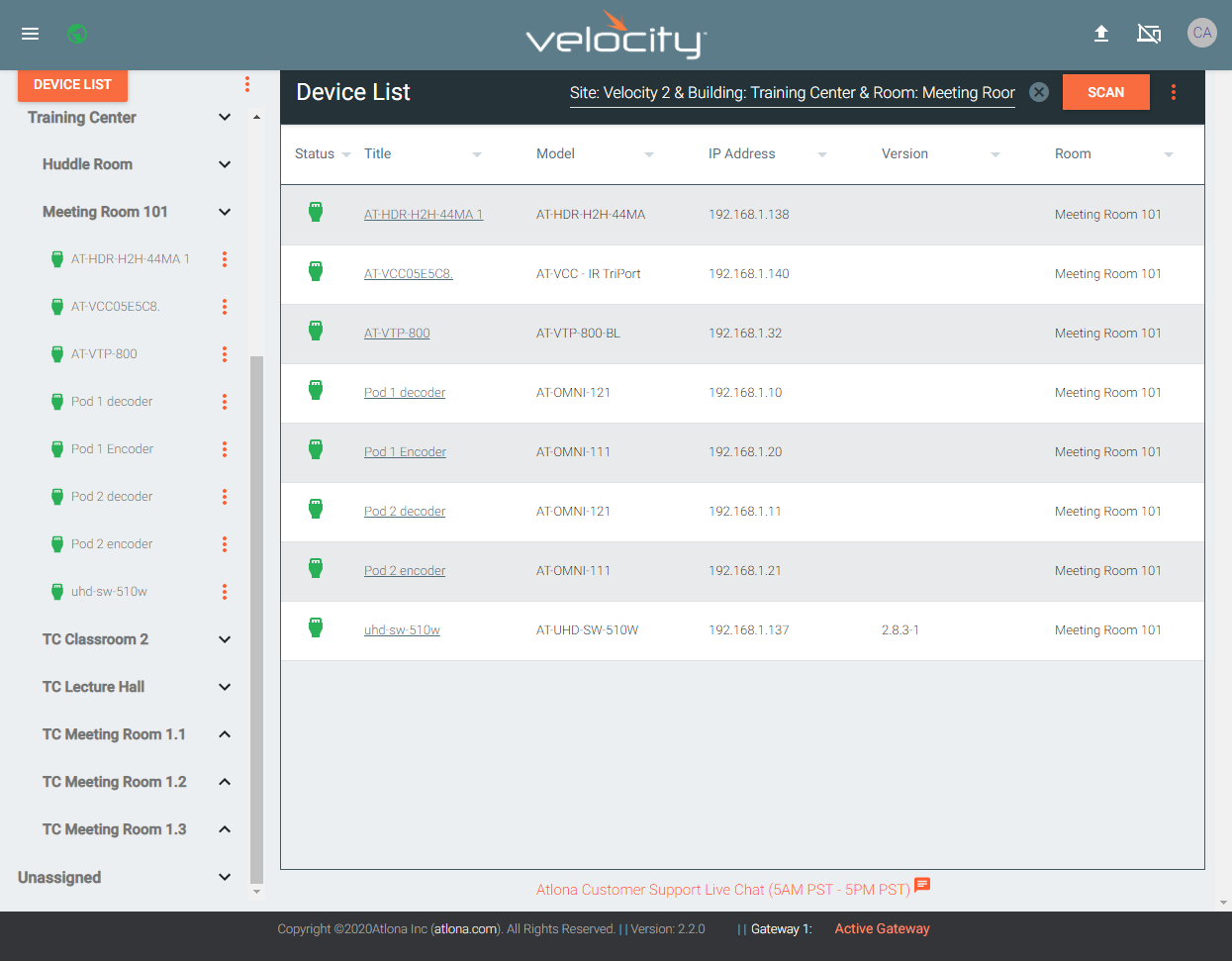
STM32CubeProgrammer (STM32CubeProg) is an all-in-one multi-OS software tool for programming STM32 products. It provides an easy-to-use and efficient environment for reading, writing and verifying device memory through both the debug interface (JTAG and SWD) and the bootloader interface (UART, USB DFU, I 2 C, SPI, and CAN). The 12.01 version of Multi Protocol Programming System is provided as a free download on our website. The Multi Protocol Programming System installer is commonly called Mpps.exe. The software lies within Photo & Graphics Tools, more precisely Slideshow & Presentation. This PC program can be installed on 32-bit versions of Windows XP/Vista/7/8/10.
How do I change from Mode 2 to Mode 1?
Do you find this information helpful?Yes / No
How do I adjust gimbal ratchet and tension?
Please refer to the diagram below, provided courtesy of Oscar Liang.
You will require a 1.5mm hex key or hex driver for the gimbal spring adjustment and a small phillips head driver for the throttle friction.
Note:
Turn the screws clockwise to loosen tension and counter clockwise to make tighter.
Do you find this information helpful?Yes / No
How to I calibrate the sticks?
Press the scroll wheel while the 'Calibration' option is enabled and then follow the on screen propts.
Do you find this information helpful?Yes / No
Which receivers can I use?
The RadioMaster radios equipped with multi-protocol modules are able to work with most receivers and bind & fly models available to day. The Most commonly used receivers are those compatible with Frsky, DSMX, Flysky and Futaba S-FHSS.
Different manufacturers have different processes for getting their receivers in to bind modes. Please follow the procedure outlined by the manufacturer of your particular receiver.
For a full list of supported protocols please visit the following link.
https://www.multi-module.org/basics/supported-protocols

Do you find this information helpful?Yes / No
My Radio wont charge?
Please note the TX16s has 2 USB-C ports. The Port at the top is for data and simulator use only and is not used for charging your radio. The USB-C port at the bottom of your radio is for charging only. Please connect the supplied cable to the bottom port and use a stable USB power supply rated at 1.5amps to 2.0amps for best results. The TX16s has a built in battery management system that balances the 2 cell battery you install and limits current to 1.5amps while charging for safety.
Do you find this information helpful?Yes / No

How do I back and restore my SD card and Firmware?
Do you find this information helpful?Yes / No
USB HID 'Joystick' not working in Windows 10?

If you are experiencing problems with using your TX16s as a game controller for flight simulators you may need fix your drivers in windows 10. Checkout the videos below to solve the problem.
Do you find this information helpful?Yes / No
DSMX Range issue?
Many DSM receivers have what is known as 'fly-by' telemetry, this is a very short range telemetry system intended to give telemetry data only at close range. The problem presents its self most noticeably in small BNF models which may have as little as 30m of telemetry range. This issue does not however effect the range of the actual RF link and the telemetry warnings may lead some pilots to think they have a range issue with the model when in fact they do not. There is a setting in OpenTX that allows for these telemetry warnings to be disabled and the topic is covered on the Multi-module website.
Disable the telemetry warnings with the check box below.

Visit the DSM page of the Multi-module website to learn more.
https://www.multi-module.org/using-the-module/protocol-details/dsm
Do you find this information helpful?Yes / No
Installing the update speaker kit.
An update speaker kit is available for the TX16s. Please contact your favorite RadioMaster dealer to order.
To install the speaker remove the rear case, fit the sponge in the speaker cavity shown in the picture below and use the 3 supplied screws to fit the speaker with the black side facing out.
Disconnect the front speaker from the main board as shown below and connect the rear case speaker then connect the front speaker to the second connector of the rear case speaker. Both speakers are now connected and working together.
Do you find this information helpful?Yes / No
Trainer Port Pin Out
A. GND
B. Insert Detection
C. PPM
D. Null (not used)
We suggest using a MONO 3.5mm plug for best results (JR/Spectrum style Trainer Cable).
Download Multi Protocol Programming System Driver Training
Do you find this information helpful?Yes / No